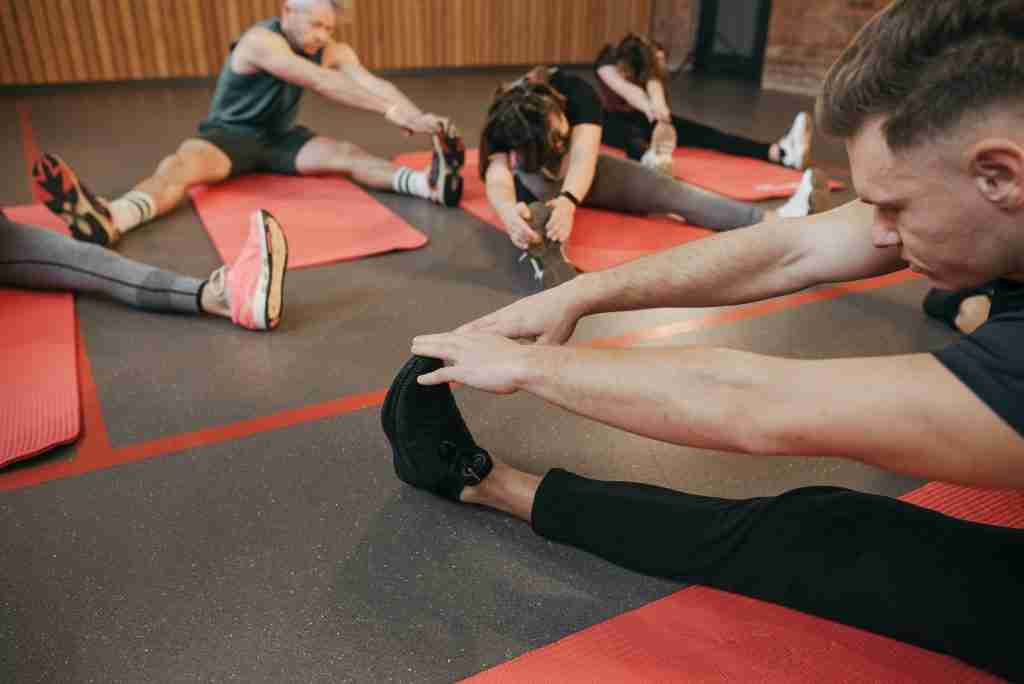
There are four fundamentals of long-term fitness. A lifestyle of health and fitness that includes flexibility, balance, strength, and cardio training can help prevent injury and slow the aging process. As you design your exercise regimen, make sure each of these fitness fundamentals is incorporated into your daily exercise routine for a well-rounded workout program.
Table of Contents show

Flexibility Training
- Flexibility training allows you to stretch farther into your body’s range of motion which improves mobility and posture. Incorporate flexibility training before and after exercise to reduce soreness and speed recovery.
- Yoga, Pilates, Tai chi, and stretching are great flexibility exercises and work well as warm-ups and cool-downs for other activities as well.
Balance Training
- Balance training exercises help increase coordination, core strength, and stability to reduce the risk of injury and sharpen self-awareness of our body’s position and movements.
- One-legged squats, dance, and fitness tools such as a stability ball utilize the mind and body to focus and improve balance.


Strength Training
- Strength training makes your muscles stronger, increasing the amount of force your body can push or pull. Regular strength training increases muscle mass and improves bone and joint health.
- Strength training can include weight lifting, but can also be done without weights. Bodyweight exercises like pull-ups and push-ups, as well as climbing stairs and running hills, are great examples. Try to incorporate strength training into your workout schedule at least twice a week.
Cardio Training
- Cardio training is a workout for your circulatory and respiratory systems. Building endurance helps improve lung function and strengthen the heart, reducing the risk of many diseases and aiding in weight management.
- Popular cardio exercises include running, jogging, walking, and cycling, as well as team sports like basketball or soccer. Try to incorporate at least two hours of cardio exercises each week.




Leave a Reply